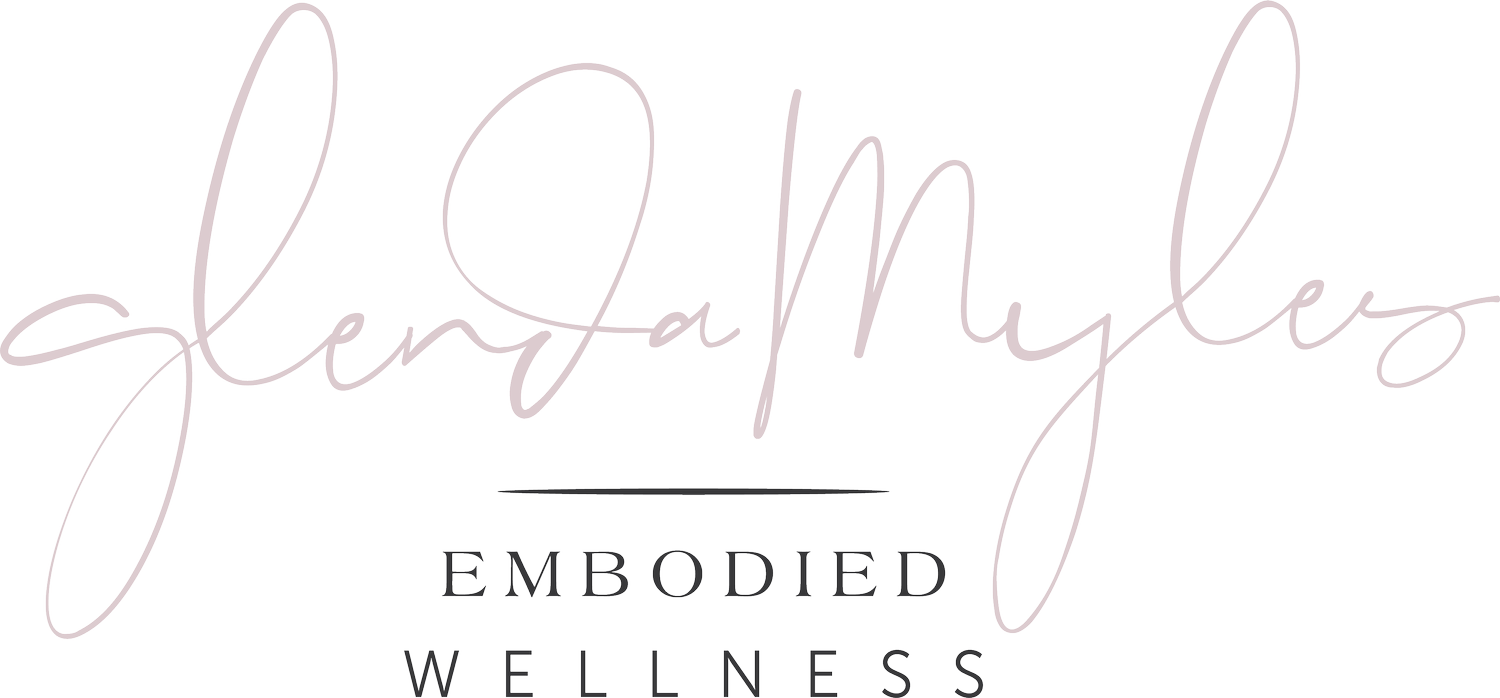The Science Behind Breathing Exercises for Stress Relief
Every day, you take approximately 20,000 breaths without giving it a second thought. Yet within this automatic function lies one of the most powerful tools for managing stress and anxiety. Understanding the science behind breathing can transform this unconscious action into a conscious pathway to wellbeing.
The Biology of Breath
Your Breath-Brain Connection
Your breathing pattern directly influences your nervous system and brain function through several key mechanisms:
The Vagus Nerve
Connects your brain to major organs
Responds to breath patterns
Influences heart rate
Affects stress response
Regulates inflammation
The Respiratory System
Controls oxygen intake
Manages carbon dioxide levels
Influences blood pH
Affects heart rhythm
Impacts brain function
How Stress Affects Your Breath
The Stress Response
When stressed, your breathing typically becomes:
Shallow
Rapid
Chest-focused
Irregular
Restricted
This pattern triggers:
Increased heart rate
Muscle tension
Heightened alertness
Reduced digestion
Anxiety symptoms
The Science of Calming Breaths
Key Mechanisms
1. Heart Rate Variability (HRV)
Measures nervous system balance
Improves with slow breathing
Indicates stress resilience
Enhances recovery capacity
Supports emotional regulation
2. Carbon Dioxide Balance
Affects brain function
Influences pH levels
Regulates nervous system
Impacts oxygen delivery
Modulates stress response
3. Neural Oscillation
Synchronizes brain regions
Enhances focus
Improves emotional processing
Supports memory function
Reduces anxiety
Evidence-Based Breathing Techniques
1. Diaphragmatic Breathing
The Science:
Engages the primary breathing muscle
Increases oxygen efficiency
Activates parasympathetic response
Reduces cortisol levels
Improves core stability
The Practice:
Lie or sit comfortably
Place one hand on chest, one on belly
Inhale through nose for 4 counts
Feel belly expand
Exhale slowly through mouth
Repeat for 5-10 cycles
2. Resonant Breathing
The Science:
Optimizes heart rate variability
Synchronizes respiratory and cardiovascular systems
Enhances autonomic function
Improves gas exchange
Reduces stress response
The Practice:
Inhale for 5.5 seconds
Exhale for 5.5 seconds
Maintain smooth transitions
Practice for 5 minutes
Build duration gradually
3. Extended Exhale Breathing
The Science:
Activates vagus nerve
Reduces sympathetic arousal
Increases GABA production
Lowers blood pressure
Enhances relaxation response
The Practice:
Inhale for 4 counts
Hold briefly
Exhale for 6-8 counts
Pause naturally
Repeat 10 times
Measuring the Impact
Physiological Changes
Effective breathing practices create:
Reduced heart rate
Lower blood pressure
Decreased muscle tension
Improved digestion
Enhanced immune function
Neurological Benefits
Regular practice leads to:
Increased alpha brain waves
Better emotional regulation
Enhanced focus
Improved sleep
Reduced anxiety
Implementing Breathing Practices
Daily Integration
Morning Practice (5-10 minutes)
Sets nervous system tone
Establishes breath awareness
Prepares for daily stress
Micro-Practices (1-2 minutes)
Before meetings
During transitions
When feeling stressed
While commuting
Before meals
Evening Wind-Down (10-15 minutes)
Releases daily tension
Prepares for sleep
Processes emotions
Common Challenges and Solutions
Challenge 1: Mind Wandering
Solution:
Use counting methods
Focus on physical sensations
Return attention gently
Start with short periods
Build gradually
Challenge 2: Physical Tension
Solution:
Start in supported position
Release unnecessary effort
Focus on natural rhythm
Use props if needed
Allow subtle movement
Challenge 3: Time Management
Solution:
Start with 2 minutes
Link to existing habits
Set reminders
Practice during transitions
Build consistent routine
When to Seek Support
Consider professional guidance when:
Breathing feels restricted
Anxiety is overwhelming
Stress is chronic
Trauma is present
Health conditions exist
Our Approach to Breath Work
At Glenda Myles Embodied Wellness, we offer:
Individual breathing sessions
Group workshops
Integration support
Customized practices
Ongoing education
Our Process:
Assessment of current patterns
Education on mechanics
Technique development
Practice integration
Progress monitoring
Your Next Breath
Remember:
Every breath is an opportunity
Small changes create impact
Consistency matters more than duration
Your pace is perfect
Support is available
Ready to explore how breath work can support your wellbeing? Contact us to learn more about our integrated approach to stress management through conscious breathing.
Your journey to better breathing and reduced stress starts with a single conscious breath.

